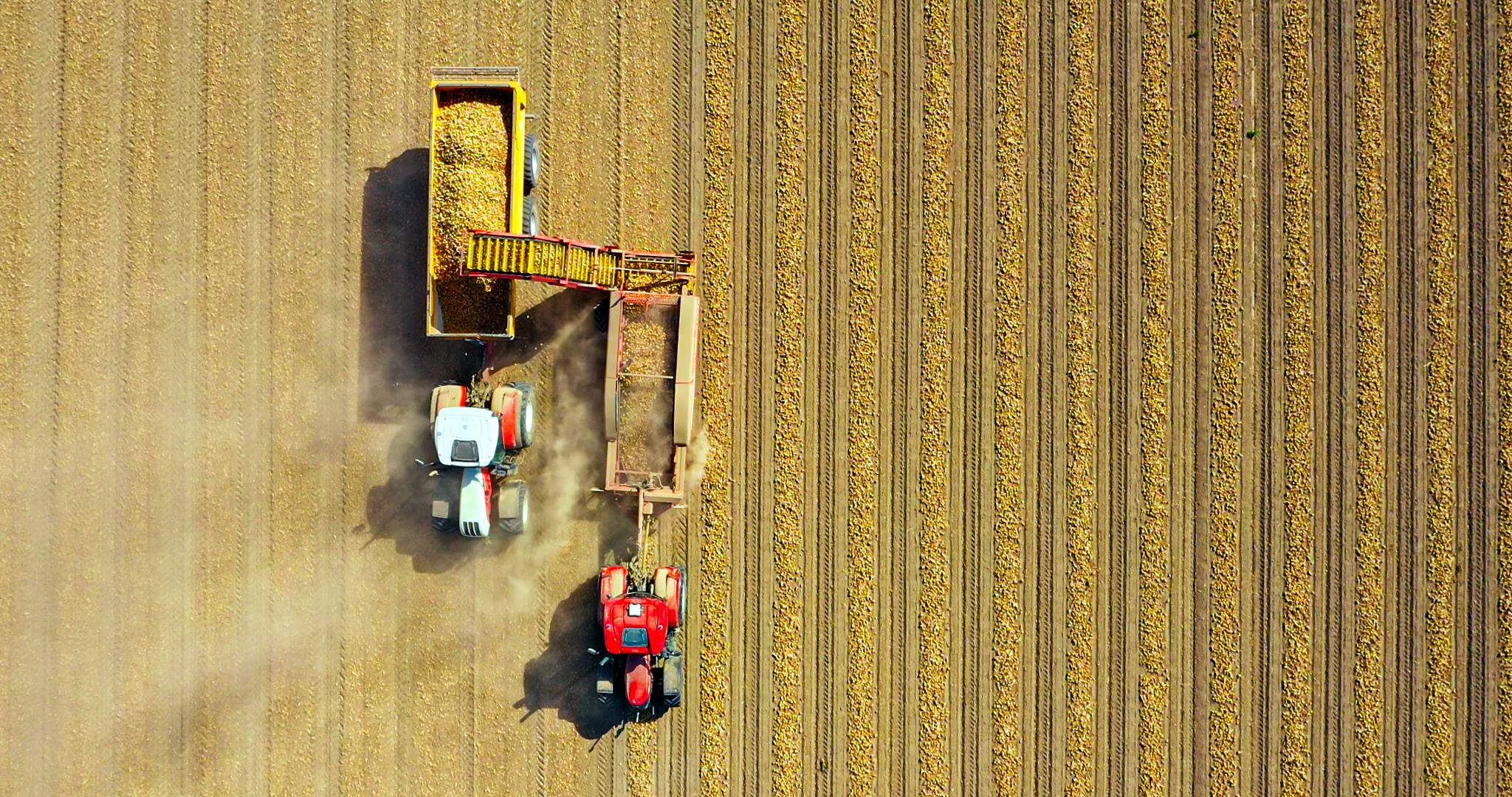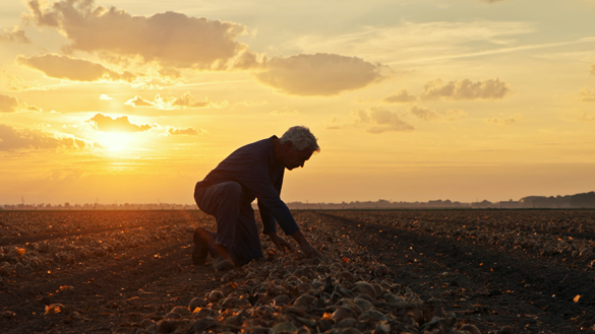The Fellowship of the Holland Onion - part 4
In the fourth part of our new series of video clips 'The Fellowship of the Holland Onion' we witness the second phase of the harvesting process. At the crack of dawn we pick up the life journey of the new Dutch onion in the windrow. The experienced Dutch onion grower Co van den Dries determines whether his freshly harvested onions will soon be dry enough to be stored. His adage: Load the onions when they are dry and warm. So don't start too early and don't end too late.

The warm late summer weather already helped a lot in drying and hardening the outer dry skin. The sun also ensures that the adhering soil will not smear the harvest and that when it is picked up, as much soil as possible remains behind in the windrow. Loading onions is ideal on sunny days. A lot of warmth is transported into the storage shed, which means that the drying time in the shed can be reduced and energy can be saved. However, Co also knows that a too bright and hot sun will actually damage the onions in the windrow. Sunburn is then a dreaded phenomenon.
But the work of a Dutch onion grower goes beyond the field. In the yard he is making preparations for loading and storing the new crop of Holland Onions. With meticulous attention, an internal transport system is set up and installed.
Only when the sun is high in the sky the tough and impressively efficient work of loading begin. Like a tight military operation, the onion harvest is continuously picked up mechanically, thoroughly sieved and immediately collected in a sideways moving trailer. Drop heights are limited to prevent bruising and damage to the fresh onions and to preserve the hardness.

As soon as a fully loaded onion trailer arrives at the grower's yard, the storage process takes place. Again, as much loose leaf parts, onion skins, tangles of weeds and still adhering soil are separated from the freshly harvested onions. The residual flow of dry onion skins is collected. These weigh almost nothing, but many onion peels together can easily be converted into a renewable energy source. Later in the processing process at the sorting company, many more of these peels and other residual flows will be collected. Literally the entire Dutch onion is valuable!
Under the watchful eye of the master, the harvest yield is screened during the storage process. The approved onions are carefully stacked loosely on top of each other to a height of about 4 metres. In order to be able to be ventilated and dried all around with air currents from the outside.
With a higher initial temperature, the drying process occurs much better. Proper drying is essential. To ventilate with drying air, the dew point of the outside air must be at least 6 degrees Celsius lower than the temperature of the stored onion batch. This reduces the relative humidity in the batch to about 50 to 60 percent. Subsequently, the humidity in the batch rises slowly. As soon as the relative humidity returns to approximately 80 percent, it is time to ventilate again. In the beginning this will be necessary every few hours. After a few days, this will take place after a day. Good post-drying is characterized by the fact that the air humidity behaves like a sawtooth (see graph).

source: WUR
The outer layers will soon get their unique, Dutch golden shine. A new generation of Holland Onions goes into dormancy.
